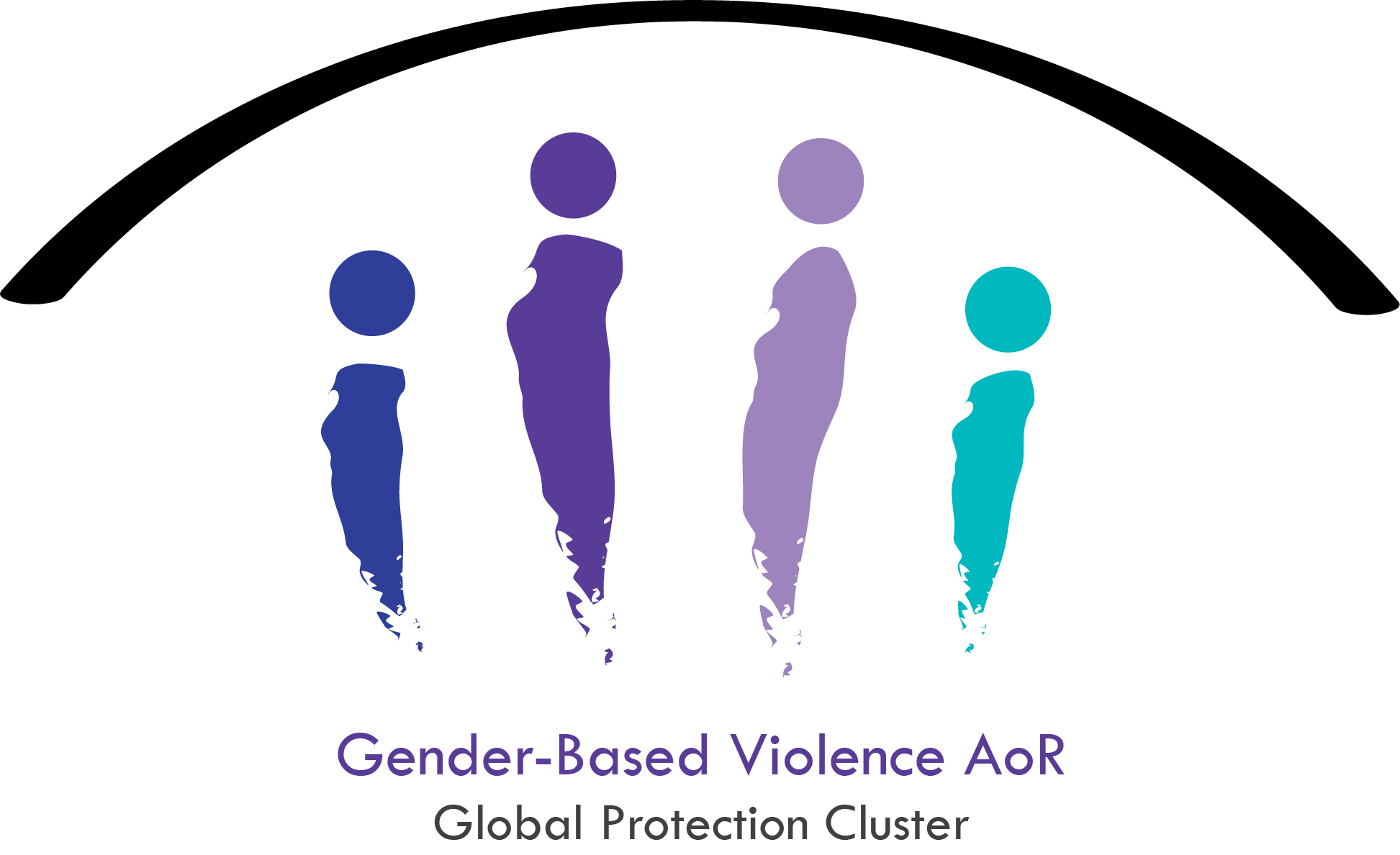Search Results for “”
Literature Review of Family Based Accommodation, Hosting and Alternative Care Guidance and Procedures for Promising Practice of GBV Risk Mitigation in Private and Community Based Accommodation - GBV AoR Helpdesk 2022
25 Apr, 2022
This literature review is part of a series of knowledge products produced by the GBV AoR Helpdesk which aim to support the mitigation of GBV risks faced by women and girls’ refugees fleeing the war in Ukraine. This review informs the development of a practical guidance resource for private hosts and a key recommendations brief . This paper focuses on identifying promising practice from shelter, hosting and alternative care guidance and procedures that mitigate gender-based violence (GBV) risks.
Gender-based Violence (GBV) Risk Analysis for Cash and Voucher Assistance (CVA) in Ukraine - GBV AoR, OCHA, ACTED 2022
07 Jun, 2022
A GBV Task Force was formed by members of the Gender-Based Violence (GBV) Sub-Cluster and the Cash Working Group (CWG) in April 2022 in Ukraine. This Task Force (TF) has been created to support GBV mainstreaming within Cash programming for the Ukraine response. The role of this TF is to review tools, assessments and plans for the roll-out of Cash and Voucher Assistance (CVA), but also to provide a “GBV Risk Analysis of CVA for the Ukraine context”. To this end, more than 15 members of the TF gathered on May 6 to undertake this analysis based on information from operational partners in both GBV and CVA and information collected from different assessments. Preliminary results from this joint exercise were then shared for feedback to a wider audience of GBV and CVA actors.
GBV AoR Helpdesk Annual Report 2022
08 Feb, 2023
In 2022, as in 2021, in excess of 100 queries came through to the Helpdesk, maintaining the level of GBViE information and support delivered in 2021 to crisis-affected contexts around the world and demonstrating both demand for the services offered and that the service continues to be valued year on year. Compared to the previous year the Helpdesk received an increased number of requests for information relating to Women and Girls Safe Spaces and How to Collect and Use Survivor Data Safely and Effectively.
Revictimised: The Humanitarian Consequences of Mandatory Reporting of Sexual Violence - ICRC 2019
10 Dec, 2019
Overview: This paper presents the initial findings from research carried out on the requirement, in certain countries, to report sexual violence cases to law enforcement authorities, and the humanitarian impacts of such obligations in the context of armed conflicts and other situations of violence. The research established that mandatory reporting laws, policies and practices in these contexts, often impact negatively on access to health care for victims/survivors of sexual violence and may expose them to secondary violence and harm. The paper presents recommendations to States that have mandatory reporting requirements in place, and to donors and health-care actors on how to mitigate the consequences of mandatory reporting on the health, safety and well-being of victims/survivors.
Violence Basee Sur le Genre: Revue des Données Secondaires Burkina-Faso - GBV AoR 2022
22 Dec, 2022
La crise multidimensionnelle au Burkina Faso est devenue en seulement deux années, la crise la plus dynamique (en termes de mouvements des populations) et la plus dévastatrice pour les populations civiles des trois pays du Centre Sahel (Burkina- Mali et Niger). Le pays est devenu depuis 2020, l’épicentre de la violence armée imposée en majorité par des groupes armés non étatiques (Aperçu des besoins humanitaires, 2022). La situation ne s'est pas améliorée et s'aggrave en raison de l'intensification des violences qui a pour corollaire la dégradation de l'environnement protecteur, notamment dans le Sahel, le Centre-Nord, le Nord-Est, le Centre-Est, les Cascades, les Hauts-Bassins et la Boucle du Mouhoun. 4,9 millions de personnes estimées avoir besoin d'une assistance humanitaire (Rapport de Situation-OCHA, 21 Octobre 2022).
Multi-sector Initial Rapid Assessment Guidance - IASC 2015
08 Jul, 2019
Multi-sector Initial Rapid Assessment Guidance - IASC revision July 2015 When a sudden onset disaster strikes, a joint needs assessment process, the Multi-Sector Initial Rapid Assessment (MIRA), is one of the first steps in the Humanitarian Country Team’s emergency response.
Basic Needs Assessment Guidance & Toolbox (Part II How-to Guide & Tools)
08 Jul, 2019
Basic Needs Assessment Guidance & Toolbox (Part II How-to Guide & Tools)
Examining Women & Girls' Safe Spaces (WGSS) in Humanitarian Contexts: Research Findings from Northwest Syria and South Sudan
13 Aug, 2021
EXAMINING WOMEN AND GIRLS’ SAFE SPACES (WGSS) IN HUMANITARIAN CONTEXTS: Research Findings from Northwest Syria and South Sudan Research Report
Humanitarian Needs Assessment Good Enough Guide - ACAPS & ECB 2014
08 Jul, 2019
2014 Humanitarian Needs Assessment Good Enough Guide - ACAPS and Emergency Capacity Building Project This guide is written for field staff carrying out assessments in the early days and weeks following a disaster. It is especially aimed at national project managers and their teams. This guide does not explain every activity that you will need to carry out for your assessment, but it will help you through the assessment process. You can use it to take you through the whole assessment or to help at particular points in the process.
